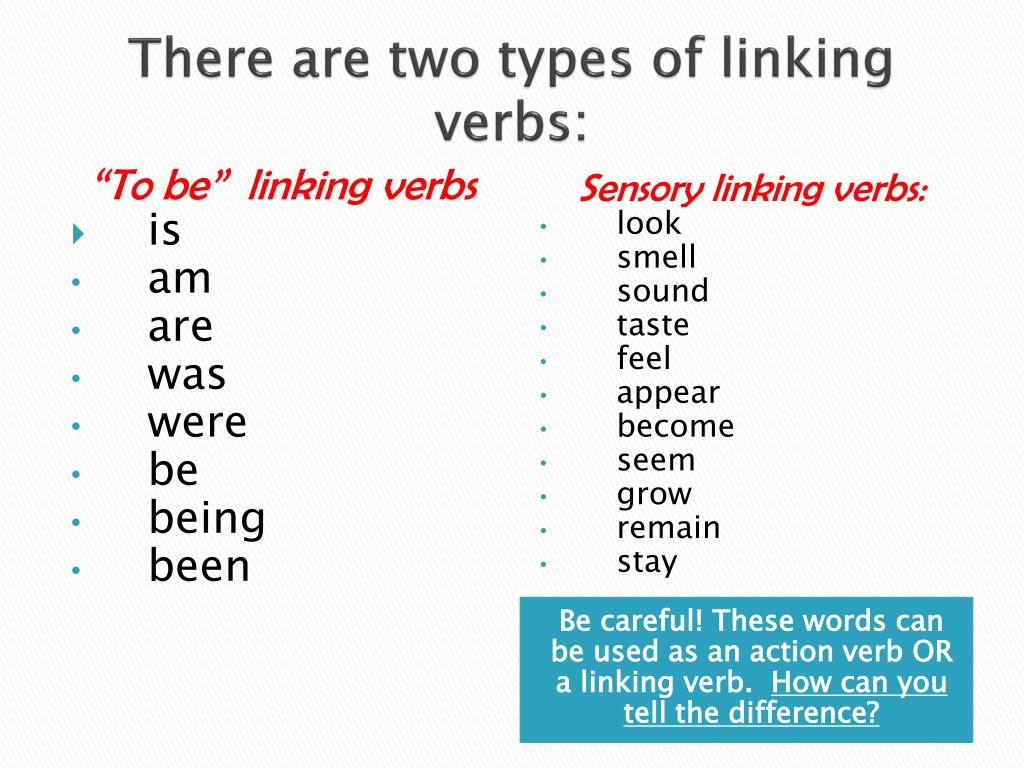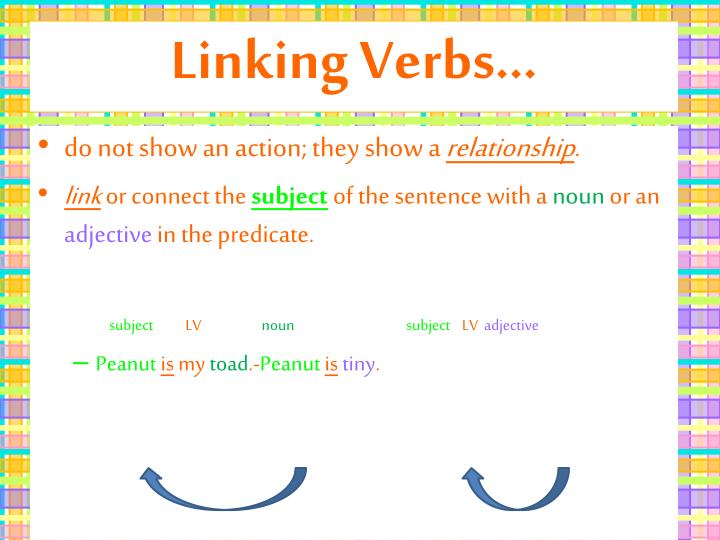

We tried to bring up most of the linking verbs into this very list. In each case, the verb smell, get, and stay have a direct object (roses, sandwich and execution, respectively). When they’re transitive verbs, meaning that they take an object. Of course, there’s certainly a shade in meaning when we say that a tomato smells rotten instead of that it is rotten, but we get the idea.īut sometimes they’re not expressing themselves as linking verbs. The company is true to its founding principles.In fact, we could replace the verbs smell, gets and stays with the verb "is" and the meaning would remain the same. The company stays true to its founding principles.Lean was tired until the caffeine kicked in.It depends on how we do the counting, but there are about a dozen and a half common linking verbs. So here “is” is working as a linking verb. For example: Sneha’s cat is tired, here shows the condition of Sneha’s cat, not what it’s doing. It tells about what the subject is not what it’s doing. So we come to the point that linking verb is not an action verb.

Besides, verbs that have to do with the five senses are linking verbs: feel, look, smell, sound and taste. Action verbs are different from linking verbs, which we can think of as "states of being" verbs.Īll forms of be verbs are linking verbs.

Action verbs are words like drink dance, eat and swim. These verbs express some physical or mental action that a person, animal, object or even nature can do. To know more about linking verbs, we need to talk about action verbs. And these verbs are called " Linking Verbs", and if we want to call it vastly then we consider them as " a state of being verbs". A verb shows the power of action, and it also can connect ideas.


 0 kommentar(er)
0 kommentar(er)
